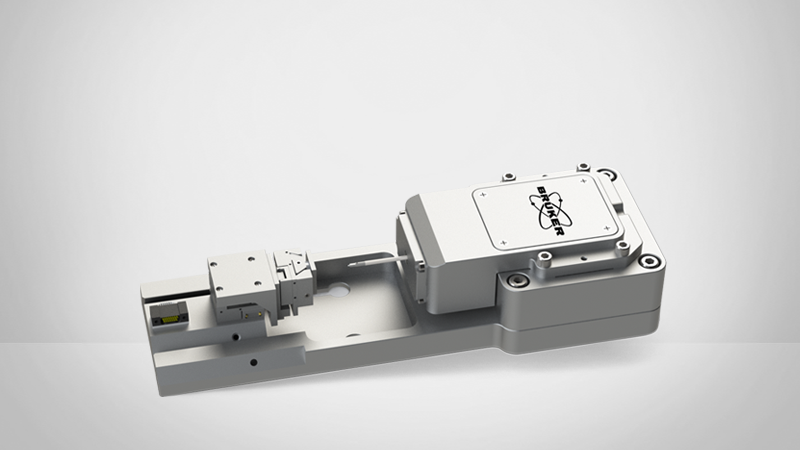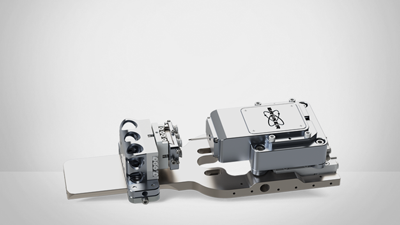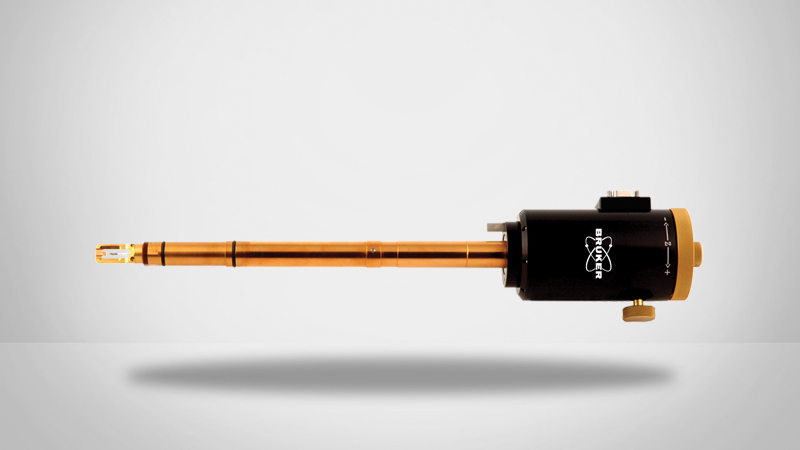SEM and TEM
In most modern materials, given its may in the ambient temperature processing or use, only measuring the mechanical properties at room temperature can't meet the demand.In order to better understand the material mechanical properties in high temperature or bad environment, brooke development to upgrade the designed for SEM and TEM Series PicoIndenter instrument designing sample heating upgrade options.
Brooke offers Hysitron PI series instrument applies to 400 ℃ and 1000 ℃ temperature under the condition of two kinds of heating options.Through the resistive heating stations and independent sample probe in-situ heating heating device to achieve as high as 400 degrees Celsius.Through the resistive heating stations and independent sample probe in-situ heating heating device to achieve as high as 1000 degrees Celsius.This can be activated for various deformation mechanism of nano mechanics research, such as glass and brittle - ductile transition of polymers.Due to the heating element is small in size, temperature rising area can be highly localized, this can minimize additional heating system components, and provide the highest level of stability for mechanical testing.Active measure temperature and carries on the feedback control, in order to ensure to achieve the desired value.In addition to provide the high resolution imaging observation, inside the scanning electron microscope (sem) test can also use the internal high vacuum environment reduce the oxidation of the sample.Sample heating units and sensors on the water cycle module can minimize the temperature drift of the system.
For PI 80, 85 e and PI PI 89 SEM PicoIndenter instruments, new development of heating options can be realized by temperature function on mechanical properties of high resolution in situ nano mechanical characterization.Such tests is advantageous to the need to have reliable performance in extreme operating environment of the application of high temperature resistant material (aerospace, automotive, nuclear power, welding, etc.).The system features a needlepoint heating and surface active radiator, able to maximize the test temperature, at the same time minimizing drift and heat transfer to the microscope room.


